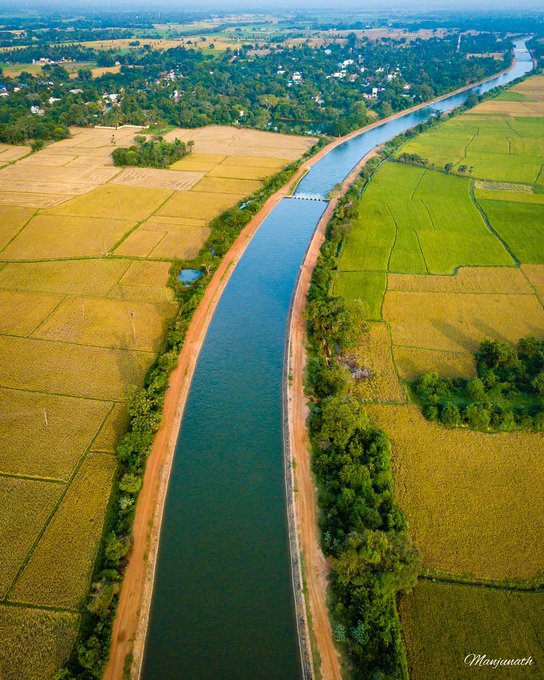Indian Spirituality, Scriptures, Knowledge, Culture: Essential Foundations of Vishwaguru
Why was India VishWaguru ?
Remembering the past
|
India’s past is incredible. When civilization was yet to dawn on the world we had well developed education, music, architecture, military science & philosophy. The development was both spiritual as well as material. |
1. SPIRITUAL SCIENCE India has an edge in knowledge of subjects
related to spirituality and consciousness. It was developed as a complete
science in this land. These works of RISHIS & MUNIS in the form of
scriptures are available for everyone to explore. This science also called
‘science of self-realisation’ must be introduced to one and all. Further, it is said that we are ‘not the
people of a Holy Book but the people of ‘Sacred Library’. Hinduism, Buddhism,
Jainism, Sikhism and many other belief systems are its manifestations. On the flip side in the name of spirituality
hundreds of slogans, quotes, beliefs, views, opinions pass off as
‘spirituality’, but without scriptural evidence they may be giving wrong
information to mass of people. Through this blog we are trying to explore
some of those topics with scriptural evidence. We start with most popular
scriptures Bhagvad Gita, Bhagwad Puran & Manu-Smriti. Eg. Are Hindus Worshipers of Many Gods. (Bhagvad
Gita's Perspective) |
|
2. MATERIAL SCIENCE The Vedic civilization is the earliest civilization in the
history of ancient India. It is named after the Vedas, the early literature
of the Hindu people. Vedic is synonymhe largest of the four ancient urban
civilizations of Egypt, Mesopotamia, India and China. The Indus valley
civilization was basically an urban civilization and the people lived in
well-planned and well-built towns, which were also the centers for trade.
There were magnificent merchant cities-well planned and scientifically laid.
They had wide roads and a well-developed drainage system. The houses were
made of baked bricks and had two or more storeys. During the life time of Lord Gautam Buddha, sixteen great
powers (Mahajanpadas) existed in the 7th and early 6th centuries BC. Among
the more important republics were the Sakyas of Kapilavastu and the Licchavis
of Vaishali. Next came 'The Gupta Period' which has been described as the
Golden Age of Indian history. It was based on the thoughts of Vedas &
Puranas. We will try to glorify India's sublime past in an era which is
tremendously influenced by west. |
The Vision
Light orange: Southeast Asia culturally linked to India, notably Brunei, Cambodia, East Timor, Indonesia (except Western New Guinea), Laos, Malaysia, Myanmar (Burma), Singapore, Southern Vietnam (Champa) and Thailand Yellow: Regions with significant Indian cultural influence, notably the Philippines, Tibet, Yunnan and historically eastern Afghanistan |
A Mission - to Promote Indian Spirituality, Scriptures & Culture.
We will try to glorify India's sublime past by -
1. Bhagvad Gita :The Synopsis Of Vedic Philosophy. |
|
2. Past Glories Of India That Will Make One Proud. |
|
3. Influence Outside India. |
4. History Of Past |
5. Knowledge & Wisdom Developed Through The Ages ….. |
6. Buddhism & Buddhist Sites In India Because India Is Incomplete Without Him. |
7. Scriptures Which Explain The Philosophy With Evidence. |
|
8. Videos On Indian Spirituality. |
9.
Unique India: Picture Stories.
|













